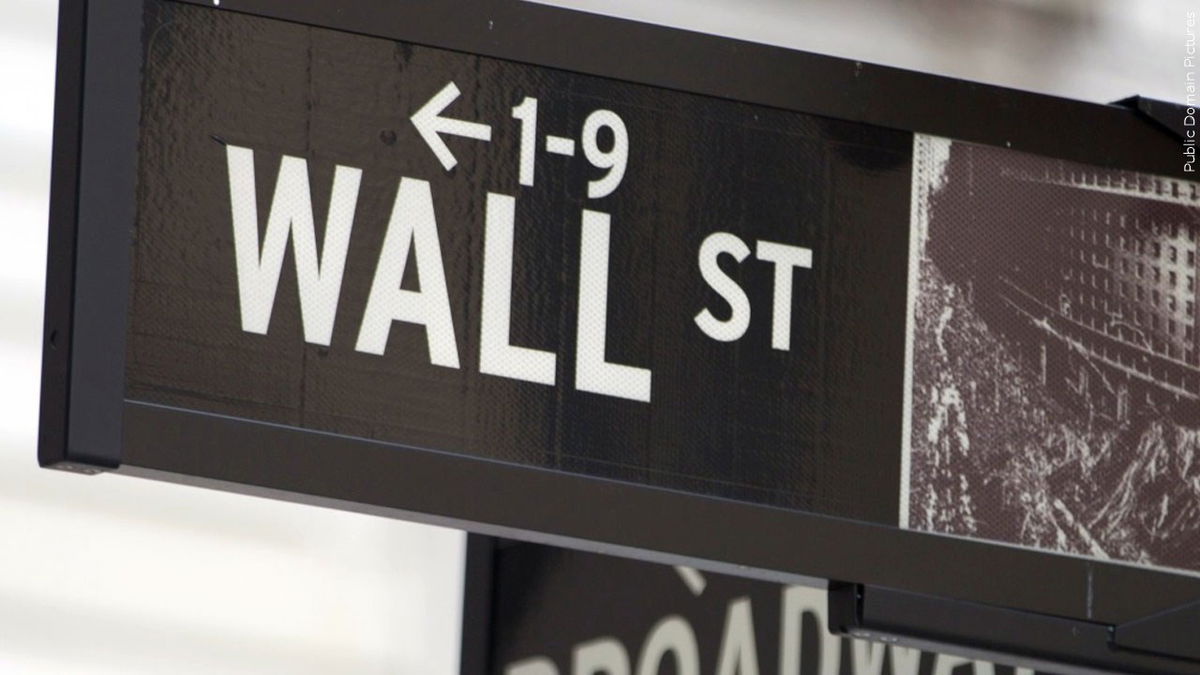Recession predicted in the near future

Certain key elements lead to that conclusion
(CNN) - The bond market just flashed a warning sign that has correctly predicted almost every recession over the past 60 years: an inversion of the US Treasury note yield curve.
An inverted yield curve is often seen as a signal that investors are more nervous about the immediate future than the longer term, spurring interest rates on short-term bonds to move higher than those paid on long-term bonds.
The curve inverted briefly Tuesday for the first time since September 2019. That shouldn't be particularly surprising, given how Russia's invasion of Ukraine -- and its economic ramifications -- continue to weigh heavily on the global economy.
Treasury notes are essentially a loan to the US government and are generally seen as a safe bet for investors since there is little risk the loan won't be paid back.
These government bonds have seen a flood of interest in recent weeks, amid geopolitical uncertainty and tightening financial conditions -- the Federal Reserve said at its policy meeting earlier this month that it is considering as many as six more rate hikes in 2022 alone. That's making investors lose their appetite for stocks and other more volatile assets and turn to dependable investments like Treasuries.
But, as more people rush to buy bonds, that causes the yield to fall, which ends up making them a less attractive investment. Some investors are even starting to seek out assets like Bitcoin and cash, which traditionally offer less stability than bonds.
A 10-year Treasury note typically delivers a higher rate of return than shorter term notes, since an investor's money is committed for longer. Shorter-duration Treasury notes, such as a 2-year or a 3-year bond, generally offer lower yields, because risks are more predictable than over a longer time horizon.
But when the return on a 10-year note is lower than the 2-year, that indicates a pessimistic outlook on the part of investors and a reluctance to commit their money. The 10-year yield fell to 2.383% on Tuesday afternoon, while the 2-year yield rose to 2.387%, before the yield curve reverted once again -- barely. A year ago, the 10-year Treasury yield was 1.50% higher than the 2-year.